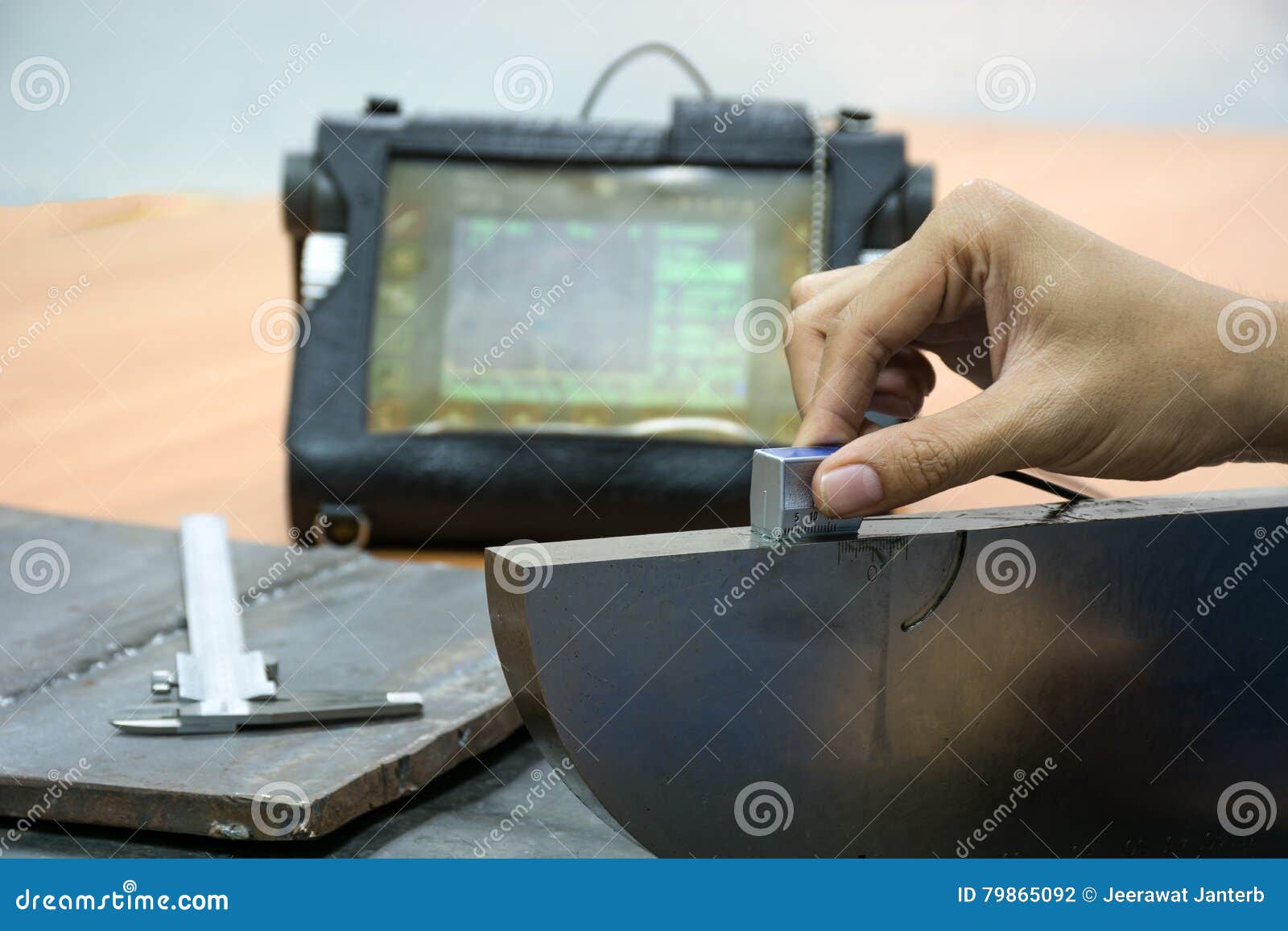Important Tips for Effective Welding Inspection Madison Providers
Exploring Advanced Tools and Methods for Accurate Welding Evaluation
In the world of welding examination, the pursuit of precision and reliability is extremely important, spurring the advancement of advanced devices and methodologies. Laser scanning technologies and automatic inspection systems, equipped with artificial intelligence, are redefining the landscape by minimizing human mistake and improving safety and security actions.
Ultrasonic Examining Innovations
Ultrasonic screening innovations often represent the leading edge of innovations in welding evaluation modern technologies. These innovations have substantially boosted the capacity to spot and examine discontinuities within welded structures, guaranteeing boosted integrity and safety.
Furthermore, innovations in software algorithms for information evaluation have actually improved the accuracy of flaw discovery and sizing. Automated ultrasonic screening systems now provide high-resolution imaging, allowing thorough assessments of weld high quality. These systems are usually integrated with advanced visualization tools, which assist in the analysis of outcomes.
Radiographic Examination Strategies
While ultrasonic testing advancements have set a high criterion in non-destructive exam, radiographic examination techniques remain to play an important role in welding assessment by supplying unique insights right into product honesty. Radiographic screening (RT) uses making use of X-rays or gamma rays to permeate materials, producing a radiograph that visually stands for the inner structure of a weld. This imaging ability is indispensable for finding subsurface flaws such as porosity, additions, and fractures that may not show up via surface area evaluations.
The process involves positioning a radiation resource on one side of the weld and a detector on the contrary side. Variations in material density and thickness affect the attenuation of the rays, generating a different image that specifically defines problems. RT is particularly advantageous for evaluating thick areas and complex geometries where other approaches may drop short.
Regardless of its effectiveness, radiographic inspection has to be carried out with strict adherence to safety and security procedures due to the hazardous nature of ionizing radiation. The interpretation of radiographs calls for competent employees, as the quality of the evaluation straight impacts the dependability of the inspection. As a result, recurring advancements in digital radiography are boosting image clearness and analysis performance, reinforcing RT's vital duty in guaranteeing weld high quality.
Laser Scanning Breakthroughs
Welcoming laser scanning innovation in welding evaluation has transformed the evaluation of weld top quality and stability. Unlike typical examination methods, laser scanning supplies rapid data acquisition, substantially improving the performance and accuracy of weld evaluations.
Laser scanning developments have resulted in significant improvements in characterizing and spotting surface flaws such as porosity, absence of fusion, and damages. The high-resolution data allows examiners to execute comprehensive analyses, ensuring that welds satisfy rigid sector criteria. Additionally, this method supports the development of electronic records, assisting in long-term top quality assurance and traceability.
In addition, laser scanning innovation incorporates seamlessly with software solutions made for automated issue discovery and analysis. The resultant information can be quickly shared and reviewed, advertising collective decision-making processes. As sectors remain to require higher requirements for weld quality, laser scanning stays at the forefront, offering unmatched precision and efficiency in welding assessment.
Automated Examination Solutions

Automated inspection systems use the benefit of consistency, removing human mistake and subjectivity from the examination process. They are created to run in numerous settings, from production floorings to remote area websites, making certain comprehensive insurance coverage. Welding Inspection Madison. These systems can be programmed to stick to details welding requirements and requirements, providing detailed reports and documents for top quality control functions
Moreover, the integration of cloud-based systems facilitates the storage and evaluation of vast amounts of examination information. This makes it possible for fad analysis and anticipating upkeep, enabling suppliers to deal with prospective issues before they rise. The adoption of automated assessment systems is an essential move in the direction of enhancing the dependability and performance find out of welding processes in commercial applications.

Enhancing Security and Effectiveness
A considerable aspect of boosting safety and efficiency in welding evaluation hinges on the integration of cutting-edge modern technologies that enhance operations and mitigate dangers. The adoption of advanced non-destructive screening (NDT) techniques, such as ultrasonic testing, phased selection ultrasonic testing (PAUT), and radiographic testing, plays a pivotal duty in making sure architectural honesty without jeopardizing the safety of the workers involved. These techniques enable for extensive assessments with minimal downtime, lowering prospective web link dangers related to traditional approaches.
Moreover, the implementation of real-time data analytics and device discovering formulas has actually transformed the way evaluation data is interpreted. By using predictive analytics, possible problems can be identified before they materialize right into essential failings, making certain prompt treatments and maintenance. This positive approach significantly improves functional effectiveness and safety in welding procedures.
Additionally, remote examination modern technologies, including drones and robot spiders furnished with high-resolution cameras, allow examiners to evaluate hard-to-reach locations without exposing them to dangerous problems. This not just boosts assessment accuracy but likewise minimizes human risk. By leveraging these innovative devices and approaches, industries can accomplish higher safety criteria and operational performance, inevitably resulting in more sustainable and trusted welding assessment practices.
Final Thought
The combination of innovative devices and techniques in welding inspection considerably improves defect discovery and makes certain architectural honesty. These developments not just raise examination effectiveness yet additionally add to boosted safety and high quality assurance in industrial welding applications.

Ultrasonic testing advancements often represent the forefront of improvements in welding assessment innovations.While ultrasonic testing innovations have actually established a high standard in non-destructive exam, radiographic assessment techniques continue to play an essential additional info role in welding examination by supplying distinct understandings right into material honesty.Welcoming laser scanning innovation in welding inspection has actually transformed the evaluation of weld quality and honesty. As sectors proceed to demand greater standards for weld quality, laser scanning stays at the center, supplying unequaled precision and effectiveness in welding inspection.
Automated examination systems provide the benefit of consistency, removing human error and subjectivity from the assessment procedure.